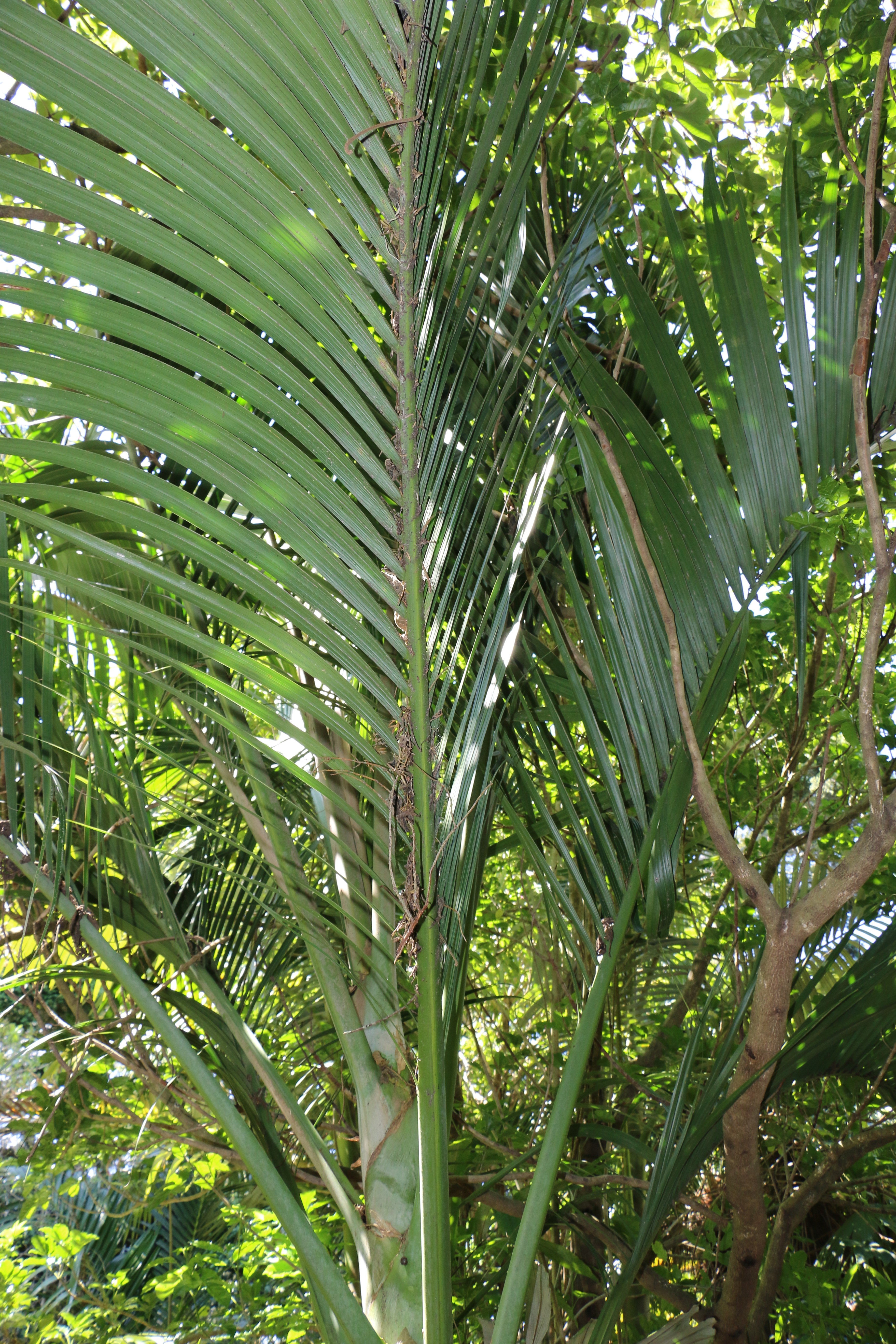Physical characteristics
A tall,
Flowers and foliage
This large palm has a tall, slender, ringed trunk with a crown of densely arching dark
Preferred site
Shelter from the sun for the first 5 years or the fronds will scorch badly. Plant in humus-rich well-drained soil.
Preparation for planting
Always choose healthy, well-grown,
Maintenance tips
Remove old fronds when they get tatty and die back. Mulch
Pests and diseases
Generally trouble free.
Location at Auckland Botanic Gardens
Palms




.jpg?width=1200&height=1200&v=1d4024dceb89e50)

.jpg?width=1200&height=1200&v=1d5569224d63650)
 .jpg?width=1200&height=1200&v=1d4024df6ce2770)
.jpg?width=1200&height=1200&v=1d55676a892f2b0)
 .jpg?width=1200&height=1200&v=1d4024e3b65f7f0)